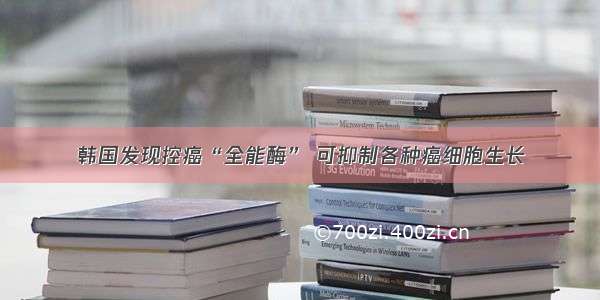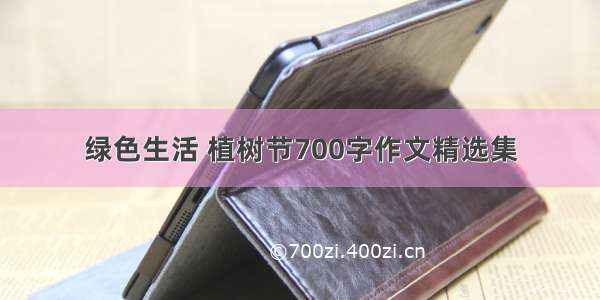
1962年,美国通用电气科学家发明了发光二极管(LED)。当时,LED只能发出较暗的红光,波长为610~760纳米。,日本工程学家天野浩、赤崎勇、中村修二由于发明了高亮度蓝色LED带来了节能明亮的白色光源,共同获得诺贝尔物理学奖。目前,LED已被广泛用于照明、显示器和电视机。近年来,研究发现LED红光对人体健康具有不少好处。
7月11日,日本乳腺癌学会《乳腺癌》在线发表马来西亚理科大学生物科学学院、分子医学研究所、化学生物学中心、德国欧司朗光电半导体的研究报告,探讨了LED红光对人类乳腺癌细胞的作用。
该研究将4种波长(615、630、660、730纳米)LED红光对激素受体阳性乳腺癌细胞MCF-7和三阴性乳腺癌细胞MDA-MB-231进行照射,通过MTT比色法对细胞活力进行分析。
结果,当照射24小时后,仅波长为660纳米的LED红光对两种细胞的具有抗增殖作用,细胞活力减少了40%。被660纳米LED红光照射的细胞变得大而扁平,这是细胞衰老的典型特征。利用与核酸亲和的吖啶橙荧光活体染料进行染色后,发现被660纳米LED红光照射的细胞具有自噬活性,表明酸性囊泡细胞器大量存在。此外,根据蛋白质免疫印迹法,可以定性观察到自噬体囊泡膜标志物LC3-II、LC3胞浆形式LC3-I与LC3的比值提高,表明660纳米LED照射的细胞与对照细胞相比,自噬体形成数量增加。在透射电子显微镜下,电子致密体可见于这些细胞,为上述观察提供了进一步依据,证实660纳米LED红光照射通过自噬作用可以抑制乳腺癌细胞增殖。
因此,该体外研究结果表明,660纳米LED红光可能有助于激素受体阳性乳腺癌和三阴性乳腺癌的治疗,故有必要进一步开展体内研究进行验证。
Breast Cancer. Jul 11. Online ahead of print.
In vitro anti-breast cancer studies of LED red light therapy through autophagy.
Kok Lee Yang, Boon Yin Khoo, Ming Thong Ong, Ivan Chew Ken Yoong, Subramaniam Sreeramanan.
School of Biological Sciences, Universiti Sains Malaysia, Pulau Pinang, Malaysia; Institute for Research in Molecular Medicine, Universiti Sains Malaysia, Pulau Pinang, Malaysia; Osram Oopto Semiconductor Sdn. Bhd., Penang, Malaysia; Centre for Chemical Biology, Universiti Sains Malaysia, Penang, Malaysia.
LED red light has been reported to have many health benefits. The present study was conducted to characterise anti-proliferation properties of four LED red light wavelengths (615, 630, 660 and 730 nm) against non-triple negative (MCF-7) and triple negative (MDA-MB-231) breast cancer-origin cell lines. It has been shown by MTT assay that at 24 h post-exposure time point, only LED red light with wavelength 660 nm possessed anti-proliferative effects against both cell lines with 40% reduction of cell viability. The morphology of LED 660 nm irradiated cells was found flatten with enlarged cell size, typical characteristic of cell senescent. Indications of autophagy activities following the irradiation have been provided by acridine orange staining, showing high presence of acidic vesicle organelles (AVOs). In addition, high LC3-II/LC3-I to LC3 ratio has been observed qualitatively in Western blot analysis indicating an increase number of autophagosomes formation in LED 660 nm irradiated cells compared to control cells. Electron dense bodies observed in these cells under TEM micrographs provided additional support to the above observations, leading to the conclusion that LED 660 nm irradiation promoted anti-proliferative activities through autophagy in breast cancer-origin cells. These findings have suggested that LED 660 nm might be developed and be employed as an alternative cancer treatment method in future.
KEYWORDS: Light-emitting diodes, Autophagy, Anti-cancer, Breast cancer, Cell-based assay
DOI: 10.1007/s12282-020-01128-6
















